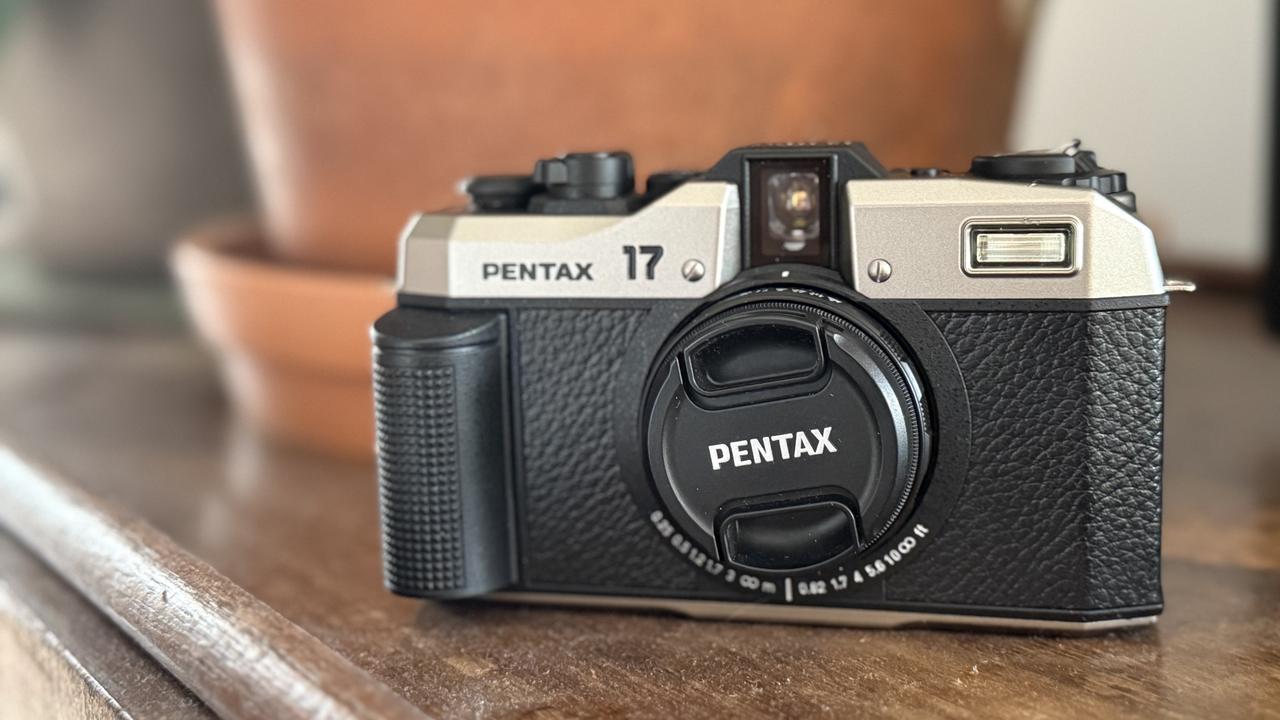Huawei Mate 30 Pro is a phone in exile
You might think Huawei is out to torment us by selling its Mate 30 Pro smartphone in Australia.
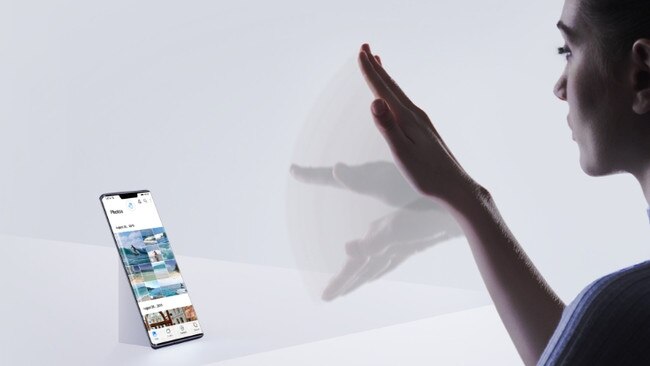
You might think Huawei is out to torment us by selling its Mate 30 Pro smartphone in Australia.
I have been trialling this phone and it has some of the best hardware you’ll see on a modern handset. It’s the sort of hardware that saw its predecessor, the Mate 20 Pro, become one of the best smartphones in the world last year.
However, the software on the Mate 30 Pro is gelded due to a Trump administration ban on US businesses transacting with Huawei. The Chinese technology firm has been added to a US Department of Commerce “entity list’’ which means US component manufacturers and software vendors such as Google cannot do business with Huawei without a special permit.
In nitty gritty terms, the ban prevents the Mate 30 Pro running the standard Android operating system supplied by Google.
Instead it runs an open source version of Android 10 that Huawei calls EMUI10. Open source Android doesn’t automatically offer the latest upgrades, although Huawei has promised to offer them.
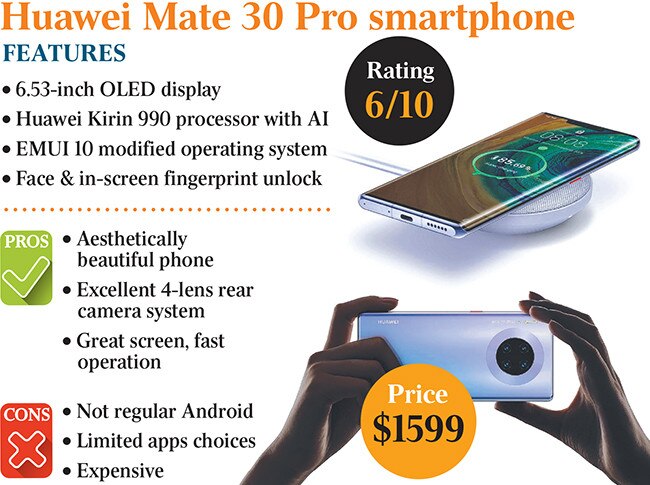
Nor can the phone host apps provided by Google such as GMail. Chrome, YouTube and Google Maps, collectively known as Google mobile services. You have to use different apps for email, browsing, watching videos and getting directions.
The even bigger restriction is the phone cannot host the Google Play store, so you can’t download and use most of the 2.8 million apps available there.
The Mate 30 Pro is the first phone where the ban applies here; other Huawei phone models from before the ban can continue to use official Google software.
So why would you buy the Mate 30 Pro? Fundamentally, why would Huawei offer it here? Is it to torment us about the limitations it faces with the US ban?
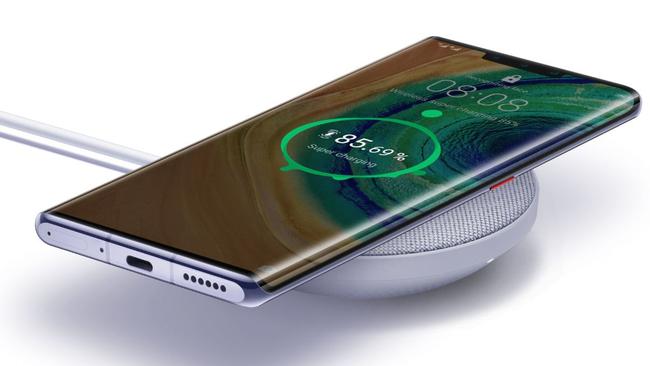
The best explanation I can get is a Chinese version of the British “stiff upper lip”, a show of stoicism and fortitude in the face of adversity. Huawei simply can’t abandon the Mate 30 Pro after the success of earlier premium models with full Android systems. The show must go on.
Huawei’s use of the Android Open Source Project software appears an interim measure while Huawei prepares its own “Harmony” operating system as a permanent replacement for Android.
This is a huge job, with bad precedents. So far there’s only been room for two main operating systems on smartphones. Microsoft, Nokia, and BlackBerry all ultimately failed in their bids to use their own phone OSs.
The biggest challenge is coaxing the world’s app developers to create versions of their apps for Huawei’s ecosphere. Both iOS and Android have millions available. The Mate30 Pro comes with Huawei’s own AppGallery app store. It’s been available since April last year and has more than 45,000 apps, but it lacks many apps Western users want.
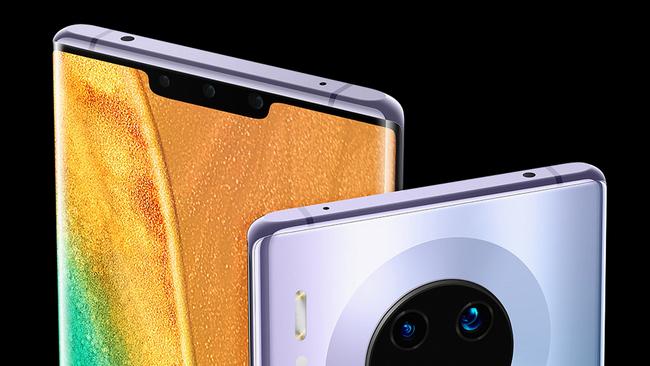
Apart from no Google apps, there’s no Facebook, although there’s FB Downloader tools for downloading Facebook media. There’s no Twitter, Instagram or LinkedIn. Forget swiping right for a date on Tinder, accessing your passwords using Lastpass, or calling your distant relatives on Skype, although you can use Chinese communication tools such as WeChat, along with Viber, Weibo, Tantan and MoMo+.
Locally, there’s no ABC iView app, or SBS On Demand, 7plus, 9Now or 10 Play. There are some useful apps. For word processing there’s WPS Office, an office suite by Chinese software developer Kingsoft, PDF Reader Plus, offerings by Indian software developer Zoho such as Zoho Mail and Zoho Notebook, lots of translator software, AccuWeather, Radio UK, Karta GPS, Aliexpress, Huawei Health, xCurrency money converter, Booking.com and Trip.com, to name a few.
Huawei has launched an ecosystem incentive program to encourage developers to integrate quality apps into its Huawei mobile services (HMS) ecosystem. It has set aside $US1bn for this.
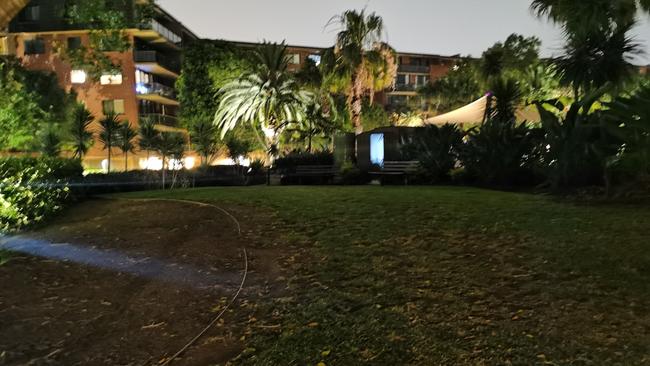
The Huawei browser displays a regular Google search on its home page. While I couldn’t use Google apps, I could watch YouTube clips, get directions from Google Maps, and access my Gmail in the browser. But it’s a workaround.
Those with technical skills can try downloading “APK” versions of apps from the browser. You search for the name of the app followed by APK, and install from the browser. This won’t work with certified Google services but it can in some instances.
The one real hope for the Mate 30 Pro is the lifting of the ban through a change of heart in the US, which I can’t see happening.
Huawei says that if it did happen, Google mobile services would be available as an update.
Users could choose to either upload it or not. You’d have a regular Android phone.
Other than that, this phone may be suited to Chinese users in Australia. There are plenty of Chinese language apps, including familiar retail and financial ones.
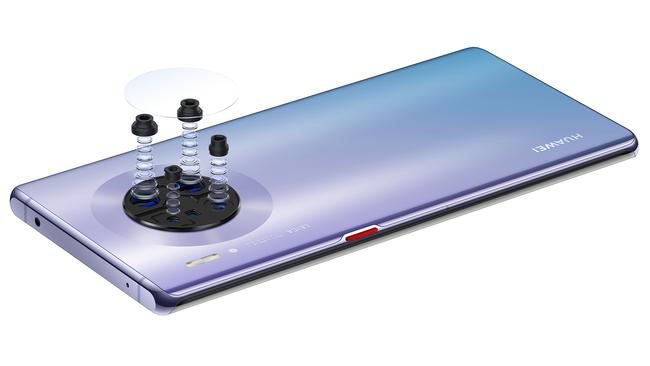
The hardware story is different. The requirement Huawei not use US-sourced components hasn’t stopped it making a physically functional and attractive phone.
The front is glass, the back is metal. It has a beautiful 6.53-inch OLED screen that curves at the edges. It’s reminiscent of older Samsung premium sets. There’s face unlocking and fingerprint unlocking via the display and both seem to work efficiently.
Huawei this time around has experimented with dropping the volume toggle. Instead you tap the side of the phone twice and slide your finger up and down to change the volume. It’s a cool idea but I needed to give the phone more a decent hit than a gentle tap. The result is the power button is the only button on the phone.
The home screens look just like Android. You have the choice of the usual Android soft keys or using gestures for navigation. I got used to swiping leftward for a back key. Huawei lets you choose whether to have an app tray or display all apps on the home screens.
The phone is driven by Huawei’s Kirin 990 processor, a chip released in September with modern 7 nanometre architecture. Operation is fast. AnTuTu scored the phone at 457357 which makes it one of the fastest available.
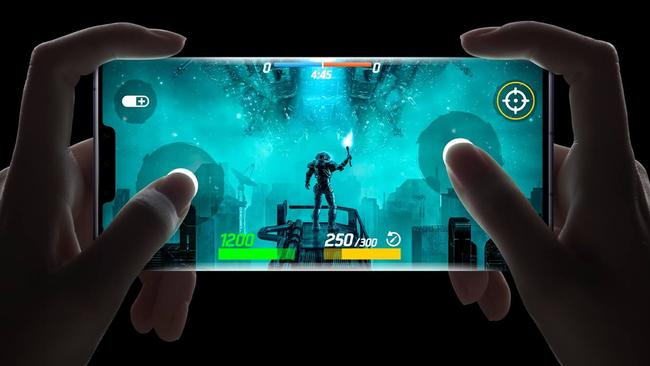
There’s a slot for a single SIM but no 3.5mm audio socket. You need to use a USB-C connector for a wired connection. The phone has a big 4500mAh battery, is rated an impressive IP68 for water and dust resistance, offers fast charging and wireless charging and you can buy Huawei’s NM card to expand the 256GB of internal storage by another 256GB.
The camera is excellent, as it is with other Huawei premium phones. At the back there are four lenses: 40MP wide, 40MP ultrawide, an 8MP telephoto that offers 5X optical zoom and 30X digital zoom, and a 3D time-of-flight lens for depth sensing. The selfie camera is 32MP.
In all the physical features of this phone are excellent. However the software limitations pull the Huawei Mate 30 Pro down. I can’t see people wanting to buy it in Australia, given this phone with its space silver colouring costs $1599.
This is the non 5G version of the Mate 30 Pro. With Google mobile services this would be a 9/10 phone. Otherwise I can’t recommend it, especially at that price.

